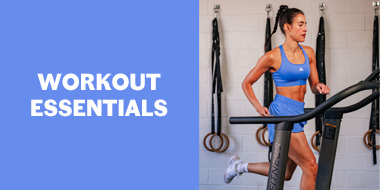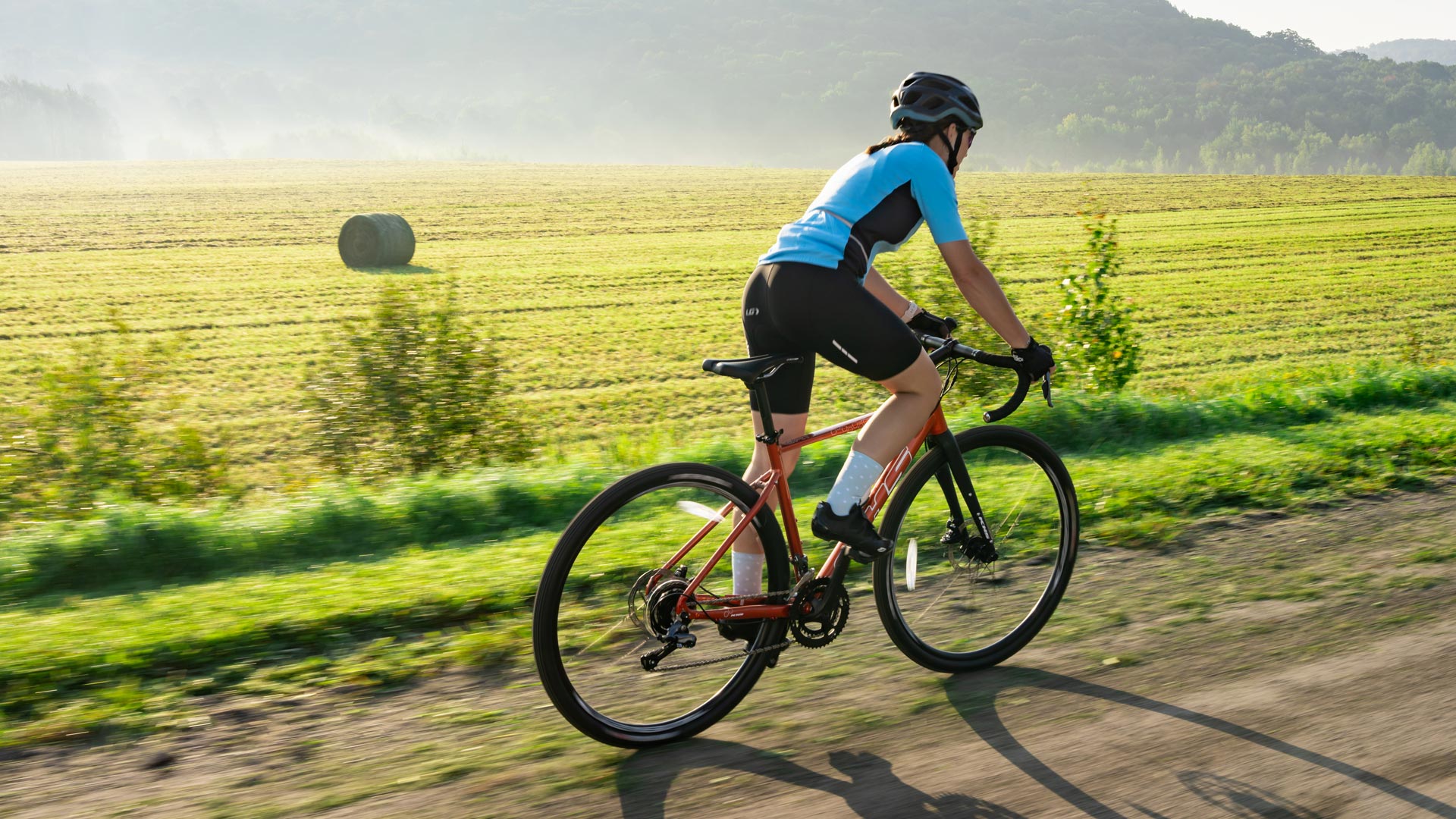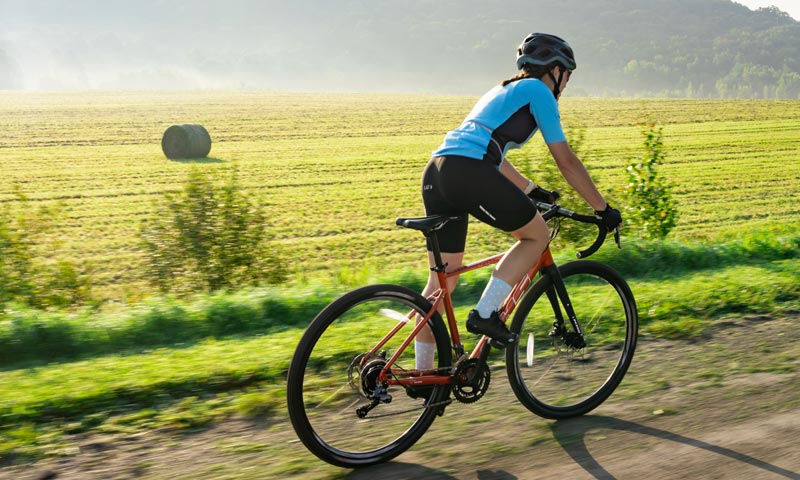It’s the last hour of an outing and you feel tension in your neck and your lower back hurts during climbs…One of your colleagues, a cyclist, suggests practising yoga, which he says solved his problems. As he is not the first to make this suggestion, you are determined to try it this time! A glance at a cyclist's greatest all-round ally.
What is Yoga All About?
Yoga embodies the principle of a healthy mind in a healthy body. Meaning "unite", the term yoga is of Hindu origins, as is its practice spanning over thousands of years. Its practice in the West is much more recent and has experienced a surge in recent years.
Indeed, the goal of yoga is to unite body and mind through the succession of different poses done at variable speeds. The dynamic succession of certain yoga poses makes it an interesting alternative to traditional stretching (often overlooked by cyclists). Through breathing, muscle relaxation is more complete and movement awareness is enhanced.
Benefits of Yoga
Contrary to popular belief, the soothing benefits of yoga go beyond esoteric and meditative aspects as they promote health in various ways:
- Musculoskeletal health: increases strength, muscle flexibility and joint mobility;
- General health: promotes blood circulation and improves the performance of several systems (lymphatic, digestive and hormonal);
- Mental and cognitive health: reduces stress and anxiety, improves concentration and enhances ease of movement; also, you sleep better and you avoid insomnia.
Yoga for Cyclists
Although these health benefits are attractive, a cyclist will find additional benefits. Many professional cyclists have incorporated yoga into their daily training, including former Tour de France winner, Bradley Wiggins.
Biomechanically speaking, the forward curved position of the body, combined with repetitive hip flexions, result in structural changes that generate tension and that can lead to injuries. Regular yoga practice ensures muscular balance as well as a smooth and effective pedal stroke. Also, the breathing control techniques used during this activity are extremely beneficial during difficult or timed climbs and they help improve concentration. Finally, strengthening the abdominal and back muscles optimizes power transfer.
As for the frequency of practice, one principle applies: “A little is good, but more is better.” One thing is certain, consistency prevails over the length of the sessions, and it is best to opt for short and frequent sessions.
All Aspects of Yoga
Although each type of yoga has its advantages, the regular practice faster-paced yoga, such as ashtanga, power or kundalini, is more likely to attract athletes. However, a more passive type, such as hatha, allows deep stretching associated with holding poses for longer periods of time. Those who struggle to motivate themselves to practice conventional stretching should consider this type of yoga. Most studios offer a variety of styles and levels, so it is important to ask the instructor in advance. It is recommended to begin gradually to avoid excessive aches and pains and to just enjoy it. As for hot yoga, it is practiced in a humid high-temperature room (40°C and 40% humidity) and allows a greater range of movement. However, you must be careful not to go beyond your limits. It is not recommended for cyclists in the middle of a race season, unless you are already a fan and remain cautious about your hydration needs. Yoga can really meet everyone’s needs. It is an excellent complement to cycling; it only requires a minimum of equipment and time.
Yoga is excellent for recovery. Make a session part of your weekly routine, ideally on your day off, especially if it is the day after a long outing. You will feel revitalised and ready to keep the pace the following day.















